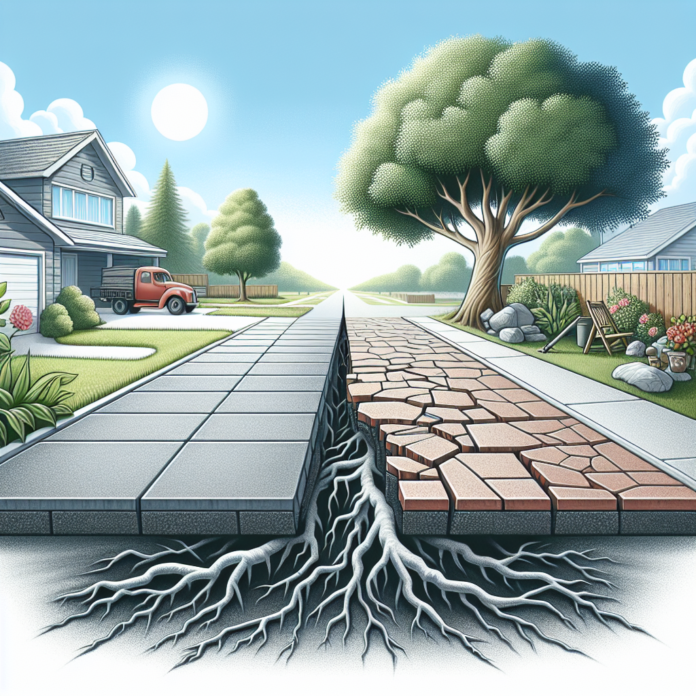Concrete paving is a form of pavement covering that is well-known for its durability and cost-effectiveness. However, like all building materials, concrete paving is not without its pros and cons. This article offers an in-depth look at the merits and demerits of using concrete paving for industrial, commercial, or residential applications.
Advantages of Concrete Paving
Durability and Long Life-Span
Concrete pavers are incredibly durable and resistant to a wide range of elements. They can withstand extreme weather conditions, heavy traffic, and even occasional dropping of heavy objects. This makes them suitable for areas with heavy foot or vehicle traffic. Also, concrete paving is a long-term solution since it can last for up to 30 years or more with minimal maintenance.
Cost-Effectiveness
Although the initial installation cost of concrete paving may be higher compared to other options like asphalt, its long-term benefits outweigh the initial expenditure. When you consider the long life-span and minimal maintenance needs, you’ll realize that concrete paving is a cost-effective solution.
Maintenance
Concrete pavers require little to no maintenance. Regular sweeping to remove dirt and occasional washing with a pressure washer to get rid of stubborn stains are often all that’s required to keep your pavement looking great.
Design Flexibility
Concrete paving offers great design flexibility. It is available in a wide range of colors, shapes and patterns, allowing you to create an aesthetically pleasing and unique pavement that matches your exterior décor.
Disadvantages of Concrete Paving
Initial Installation Cost
As mentioned earlier, the upfront cost of installing concrete paving can be high. This can sometimes be discouraging, especially for budget-conscious individuals or businesses. However, its long-term benefits, such as durability and low maintenance, often justify the initial investment.
Stains and Surface Damage
While concrete paving is resistant to numerous elements, it is susceptible to staining and can also crack under certain conditions. For instance, grease, paint, and other substances can leave permanent stains on the material. Moreover, heavy vehicles or dropping heavy objects can cause surface damage or cracks.
Cold Weather Conditions
Concrete pavers can be negatively impacted by cold weather conditions as they are prone to cracks when water seeps into the material and freezes. Therefore, in regions experiencing extremely cold winters, this factor needs to be considered.
Conclusion
Concrete paving presents a compelling mix of advantages that make it an attractive option for many construction projects. Its durability, low maintenance needs, design flexibility, and cost-effectiveness are the highlights of its advantages. However, potential stains, surface damage, and vulnerability to cold weather are its major drawbacks. Like all materials, the decision to go with concrete paving should depend on your specific needs, preferences, and local weather conditions.
Frequently Asked Questions
1. Is concrete paving suitable for cold climates?
Concrete paving can crack in extremely cold environments where winter temperatures commonly fall below zero. These cracks occur when water seeps into the material and freezes.
2. How long does concrete paving last?
With proper installation and maintenance, concrete paving can last 30 years or even longer.
3. How much does it cost to install concrete paving?
The cost varies depending on the area to be paved and the complexity of the design. However, despite the initial high cost, its long lifespan and minimal maintenance needs can make it a cost-effective option in the long run.
4. Can concrete pavers be repaired if they get damaged?
Yes, it’s possible to repair or replace individual pavers without disrupting the entire pavement.
5. Are concrete pavers environmentally friendly?
Yes, they are, especially permeable pavers, which allow water to seep through, reducing runoff and promoting groundwater recharge.

